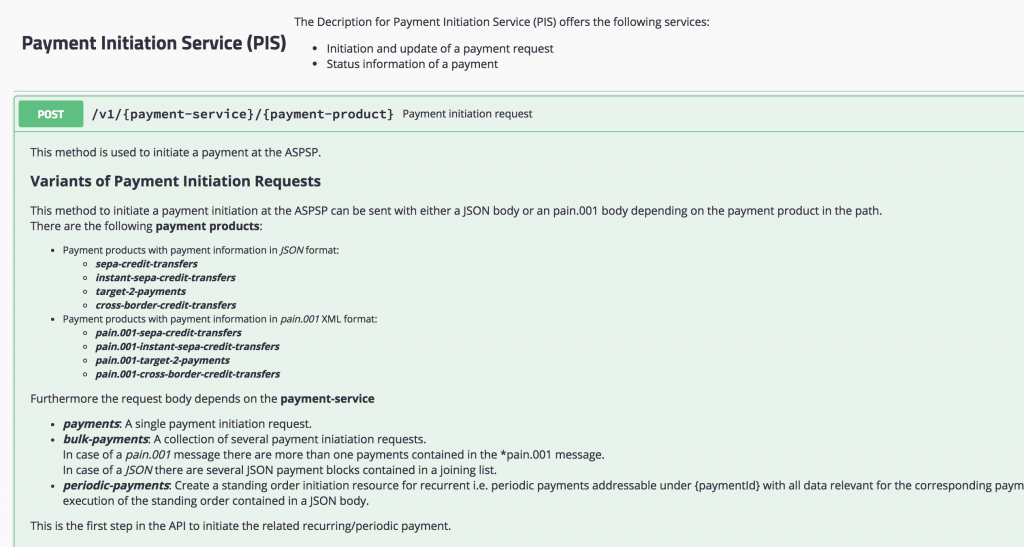Part I let’s talk a little bit about history …
For more than a hundred years, almost in parallel with the rise of corporations, business administration as an academic discipline offers ways to manage complexity in organizations. Although it has IT roots, Enterprise Architecture Management is one of the latest contributions to this field. I would like to have a short look at this history to give you an idea what happened in the past on the field of management of complexity and why that happened.

Organization Theory
Organization theory was the first and very early approach which splits up an Enterprise into functions, tasks, workers who execute tasks. It claimed that splitting up an enterprise can either be done by separation of different execution steps on the same task object or by distinction of task objects that are to be treated in each task. Procedural instructions and operating procedures defined the way how a single task or a set of tasks should be executed.
Cybernetics, System Theory
In the 1950s cybernetics and system theory appeared. The latter originally being defined on the field of biology found its way into many other disciplines. Both cybernetics as well as system theory influenced economics and information technology significantly. Enterprises started to be looked at as systems having interrelated components and serving a certain function.
Organization theory has dominated management of complexity in enterprises for decades (actually until the 1970s). Upcoming
economic challenges as well as the
emergence of computers were two main forces in that time which brought new methodologies into light from the 1980s on.
Business Process Engineering
Business Process Engineering aimed to increase efficiency and reduce time to market by introducing a new behavior centric definition of an organization and considering improvements information technology can bring. Processes (behavior) moved into foreground instead of isolated functions (structure).
IT Architecture
On the other hand, almost at the same time in the 1980s programmers started to think about managing complexity in software and IT systems by introducing a new discipline called “IT Architecture”. Some of those postulated software architecture considerations others introduced frameworks which aimed to systematically define the role of IT in an enterprise in terms of contributing economic value. All those initiatives were IT-centric though.
In organization theory’s terminology, enterprise IT systems are nothing more than a particular type of workers executing tasks. Hence, is obvious why IT systems found their way into new approaches to define an organization’s composition.

In the 1990s there were bunch of different business process modelling frameworks which allowed describing an enterprise from business as well as IT perspective. These were the beginnings of enterprise architecture management without naming it that way. But in the real world’s implementation it still it was an IT people’s playground. I remember times when we discussed with business how to optimize processes and derive requirements for it landscape transformation from those processes but they didn’t understand.
Enterprise Architecture Management
In the 2000s complexity increased in IT departments. Internet widely spread in the society and brought the net economy. New multi-tier architectures were established and open source were introduced for business purposes. Sustainability and stability of business as well as IT operations became very important.
Enterprise Architecture as a term was about to be established. Enterprise Architecture in that time integrated methods, models and techniques other management methods like organization theory, system theory, business process engineering and IT architecture had introduced before and added even some more. Enterprise architecture was about streamlining business functions, services and applications as well as technology and was meant to contribute value in order to achieve enterprise’s strategic goals.
If you look at how Gartner used to define Enterprise Architecture back in 2013 and how they changed their definition in 2017 you may recognize that there is a shift from ensuring sustainability and stability to enabling innovations and giving answers to distributions.
Gartner’s Definition 2013
“Enterprise architecture (EA) is the process of translating business vison and strategy into effective enterprise change by
creating communication and improving the key
requirements, principles and models that describe the
enterprise‘s future state and enable its evolution.”
Gartner’s Definition 2017
“Enterprise Architecture is a discipline for
proactively and holistically leading enterprise
responses to disruptive forces by identifying and analyzing the execution of change toward desired business vision and outcomes. EA
delivers value by presenting business and IT leaders with
signature-ready recommendations for adjusting policies and projects to achieve target business outcomes that capitalize on relevant business disruptions.”
So apparently “evolution” was not enough anymore. Is that actually a reaction on the impact mobile revolution and new digital disruptive business models started to have on the whole economy?
So what happened until then? Did Enterprise Architecture Management keep its promise according to the first definition in 2013? Is it going to be a proper answer to the latest challenges enterprises are facing according to the new definition?
In the next part of this series I will have a deeper look into why this shift of definition happened, what this has to do with agility and how this new approach has changed tools, methods and hopefully
mindset (which is the most important thing) behind Enterprise Architecture Management.
 For this believe and coming home I sadly have to leave apoBank after only six months today, but with a very optimistic view on their future. It was a honor to being part of this fantastic team, that will change the bank’s strategy and future within the next two years massively.
If they will succeed, and I wish everybody at apoBank only the best for these challenging ambitions, apoBank will be one of the most interesting and also best prepared player in the emerging and disruptive German banking market, I’m sure.
I’m very thankful for this short, but very educative and impressive journey.
For this believe and coming home I sadly have to leave apoBank after only six months today, but with a very optimistic view on their future. It was a honor to being part of this fantastic team, that will change the bank’s strategy and future within the next two years massively.
If they will succeed, and I wish everybody at apoBank only the best for these challenging ambitions, apoBank will be one of the most interesting and also best prepared player in the emerging and disruptive German banking market, I’m sure.
I’m very thankful for this short, but very educative and impressive journey.
 For this believe and coming home I sadly have to leave apoBank after only six months today, but with a very optimistic view on their future. It was a honor to being part of this fantastic team, that will change the bank’s strategy and future within the next two years massively.
If they will succeed, and I wish everybody at apoBank only the best for these challenging ambitions, apoBank will be one of the most interesting and also best prepared player in the emerging and disruptive German banking market, I’m sure.
I’m very thankful for this short, but very educative and impressive journey.
For this believe and coming home I sadly have to leave apoBank after only six months today, but with a very optimistic view on their future. It was a honor to being part of this fantastic team, that will change the bank’s strategy and future within the next two years massively.
If they will succeed, and I wish everybody at apoBank only the best for these challenging ambitions, apoBank will be one of the most interesting and also best prepared player in the emerging and disruptive German banking market, I’m sure.
I’m very thankful for this short, but very educative and impressive journey.
 For this believe and coming home I sadly have to leave apoBank after only six months today, but with a very optimistic view on their future. It was a honor to being part of this fantastic team, that will change the bank’s strategy and future within the next two years massively.
If they will succeed, and I wish everybody at apoBank only the best for these challenging ambitions, apoBank will be one of the most interesting and also best prepared player in the emerging and disruptive German banking market, I’m sure.
I’m very thankful for this short, but very educative and impressive journey.
For this believe and coming home I sadly have to leave apoBank after only six months today, but with a very optimistic view on their future. It was a honor to being part of this fantastic team, that will change the bank’s strategy and future within the next two years massively.
If they will succeed, and I wish everybody at apoBank only the best for these challenging ambitions, apoBank will be one of the most interesting and also best prepared player in the emerging and disruptive German banking market, I’m sure.
I’m very thankful for this short, but very educative and impressive journey.


 Gartner’s new definition of Enterprise Architecture Management is an implication of two main effects we have experienced in the last ten years.
Gartner’s new definition of Enterprise Architecture Management is an implication of two main effects we have experienced in the last ten years.





 [Source: Berlin Group's Implementation Guidelines]
[Source: Berlin Group's Implementation Guidelines]